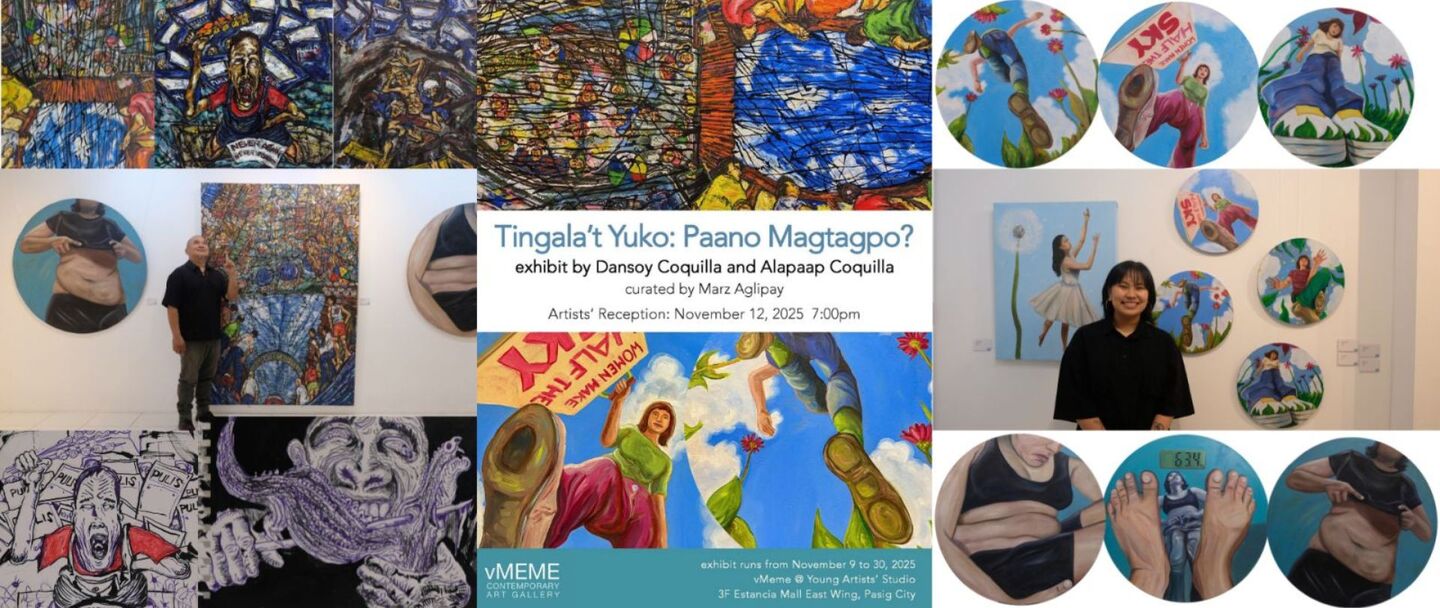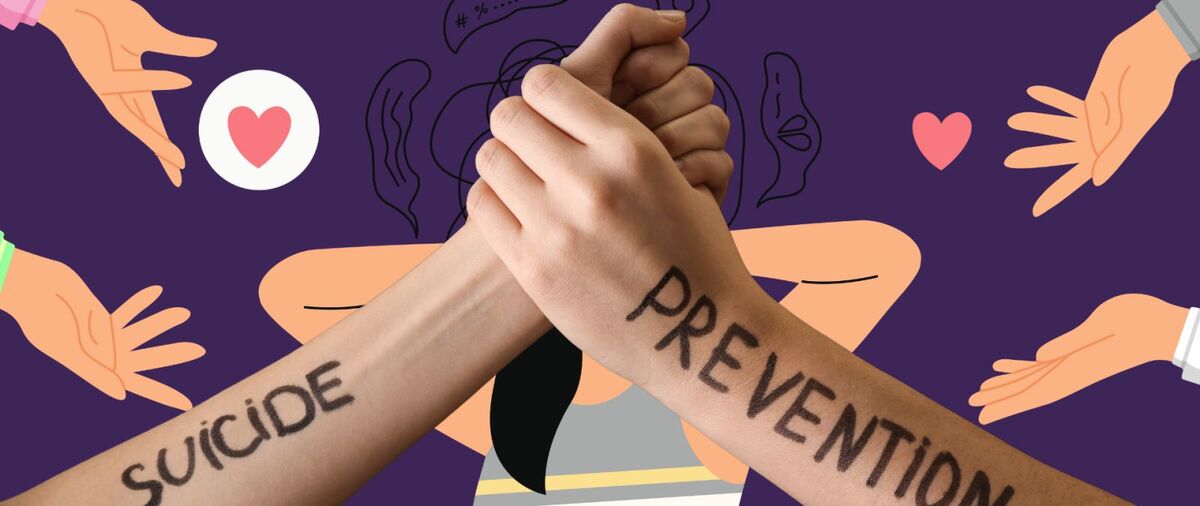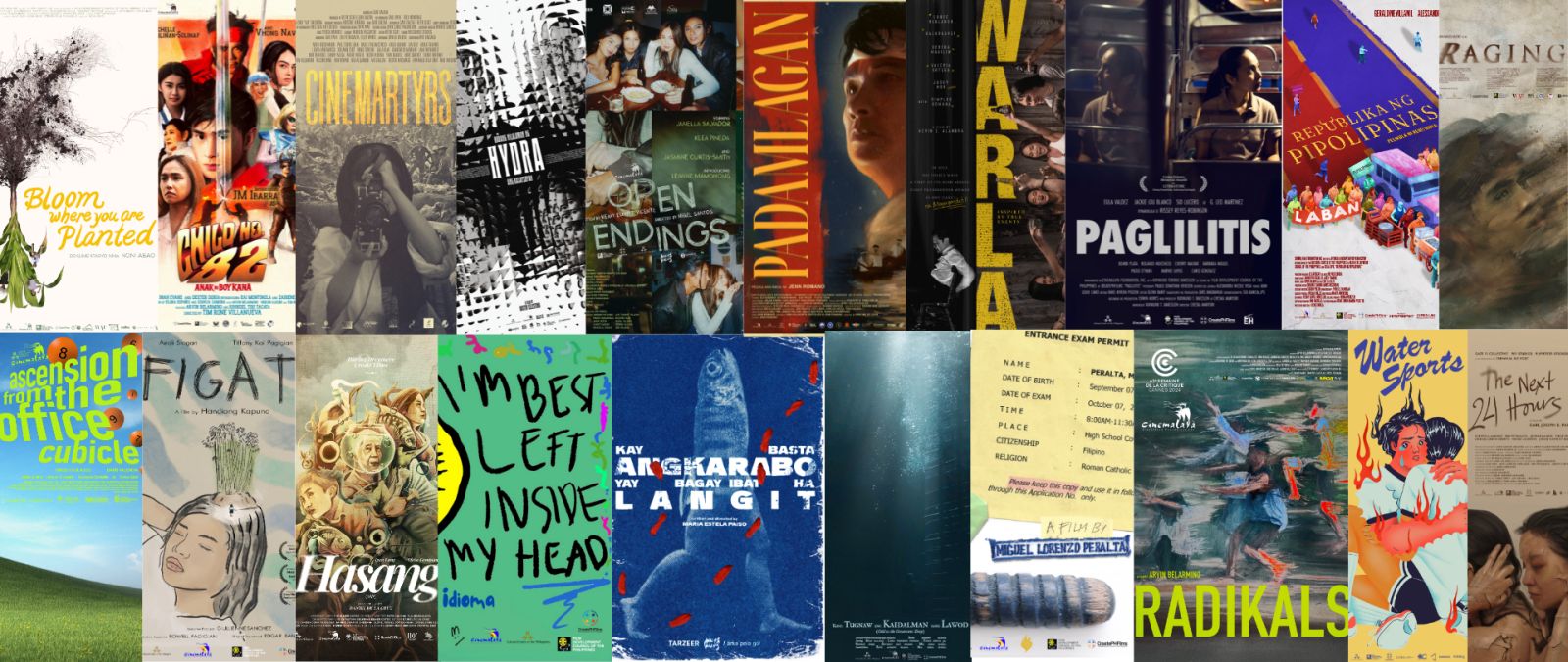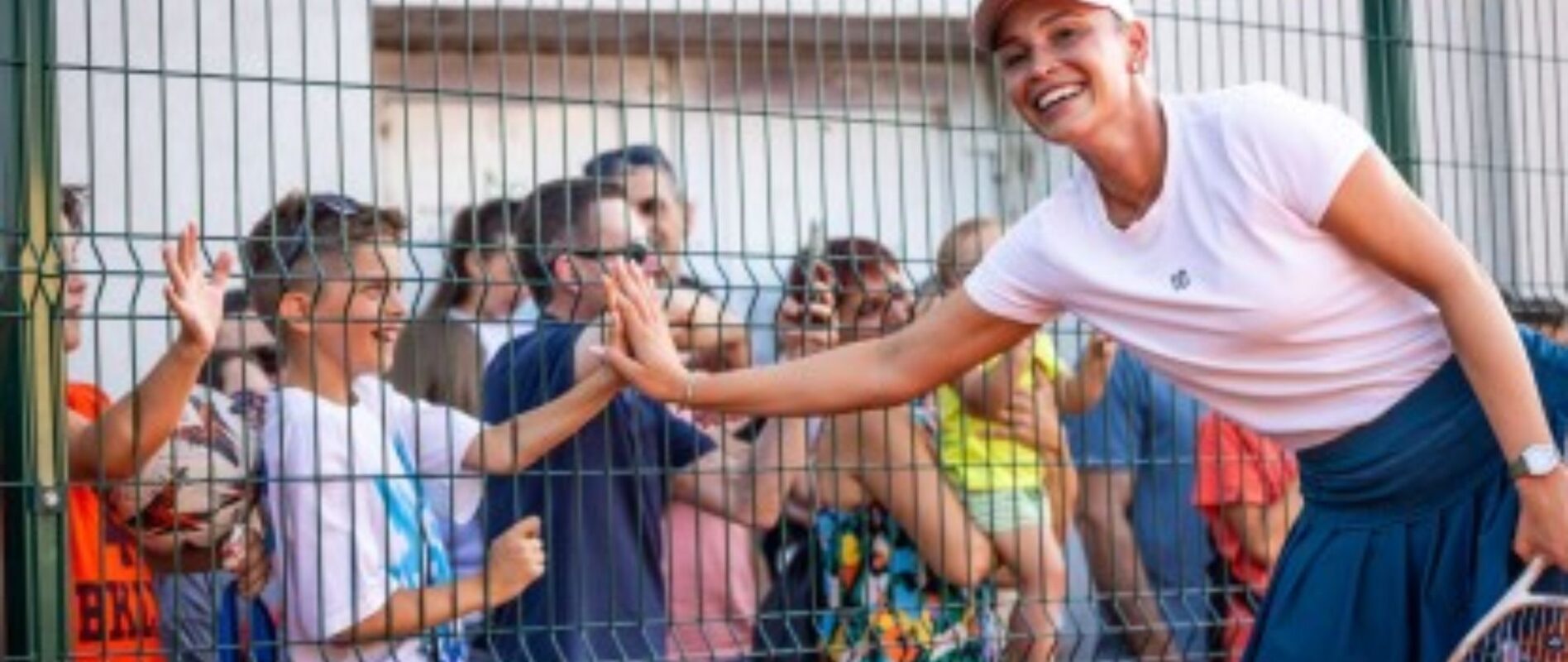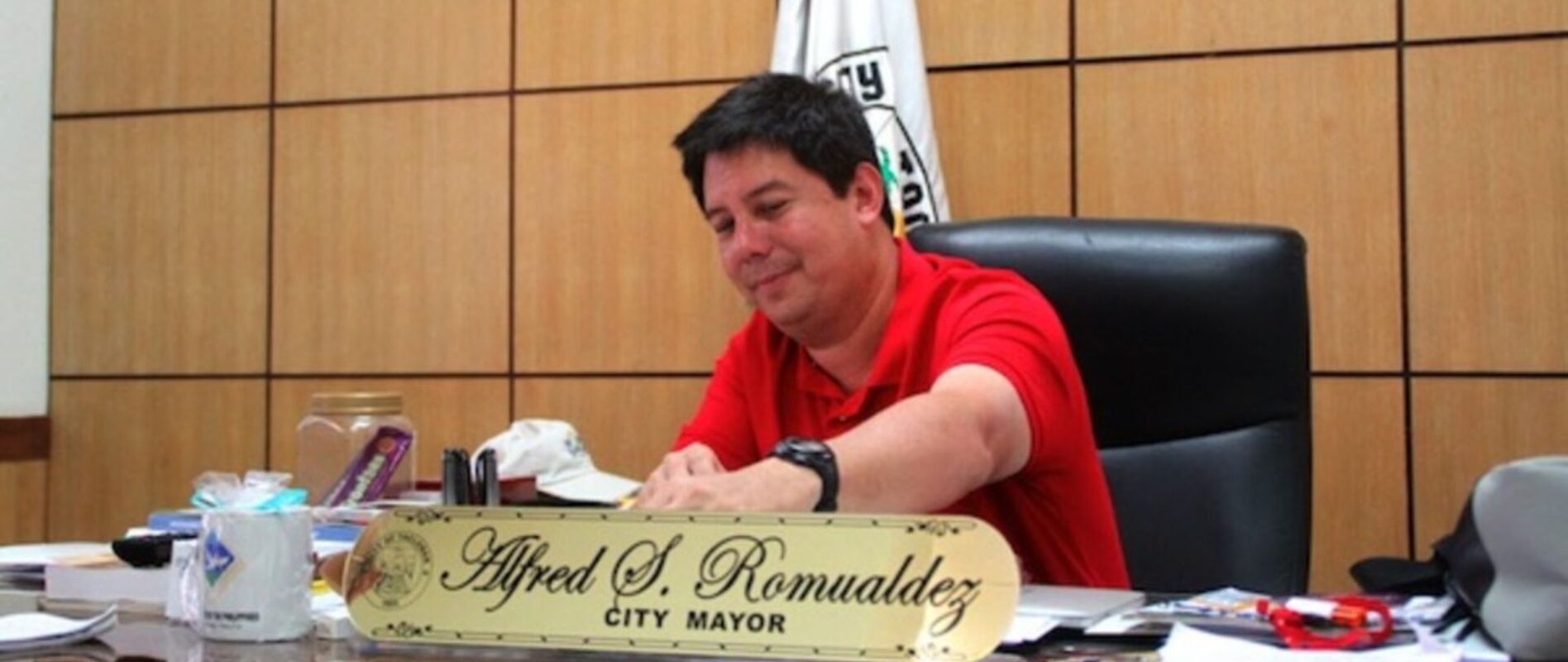CHANGING TIMES: LOCAL STORYTELLERS CHANNEL THE “VIDEO CHAT” NARRATIVE TO COPE UP IN THESE CHALLENGING TIMES
As film and TV productions are put on hold, the Filipino storytelling spirit lives on with new media in the New Normal.
As soon as quarantine protocols have been implemented all around the Philippines, the local film and entertainment industry were some of the first major sectors to be heavily impacted. Now that shoots were cancelled, thousands of daily wage-earning Filipinos that are part of the storytelling community, whether in writing, producing, styling, shooting, or something else entirely, suddenly found themselves unemployed. On top of this, original Filipino stories were left untold, at a time when we need them the most to distract us or bring some light into the bleakness of a world still heavily handicapped by an invisible foe.
But the Filipino storytelling spirit is persistent, and our creativity has proven to be tenacious in slipping in-between the cracks of modern technology and new cultural realities. As we enter the New Normal, original stories were written and produced in unconventional ways with only a camera, its diverse cast and the teams behind it. Hence, a new era of content was born, with various “video chat” platforms acting as its latest stage.
As a result of strict social distancing regulations and the administration’s restrictions on group gatherings, a much stronger video-based culture has emerged with video calls as the prime mode of communication these days. This did not go unnoticed for content creators and storytellers alike, as two months into quarantine and several experimental web series were already introduced to the public. Now, six months in and we have a rich collection of shows online that each have its own tale anchored on this new reality.
These web series, although lacking the high-quality productions we were used to, has an undeniable charm to them. Perhaps it’s the relatability of the platform, as we’re all pretty much doing the same thing as these characters forming and developing relationships with the help of technology. There’s also a layer of candidness in these shows with all the backgrounds showcasing real bedrooms, living rooms, and apartments that make up for a personal or almost private setting. These backgrounds also set the tone for the flow of conversation between the characters with the exchange of dialogues showing only just their faces onscreen—an effective portrayal of the intimate connections we relate to nowadays. With all these factors considered into this new form of media, interesting forms of storytelling began to rise in numbers.
On the other side of the screen, the audience eagerly listens to these profound conversations. Looking at the numbers, this type of content has earned itself a respectable amount of viewers ranging from thousands to millions, while the creators have been very active in promoting and engaging with fans on social media. Again, this can be attributed to the relatability of these shows—in its stories and the medium in which it is told. As YouTube videos steadily grow in viewership, so does the pool of potential viewers for original and independent shows online.
Although it’ll be overly generous to state that the web series community has claimed its own large part in the internet, we can tell that it’s well on its way there considerably with the way our lives are during the pandemic.
Here are some shows you can check out:
Taguan (Secrets) by TBA Studios
Hello Stranger by Black Sheep
Love Me Hater by Connect
Small Talk by TBA Studios
In addition, as dark and harrowing the real world has become in these times, it seems as if the public is yearning for stories that are “real,” in a sense that it reflects our current reality while injecting some light and positive moments in-between. While the Filipino audience is hanging onto a fragile string of hope, our media consumption these days show that we don’t simply accept feel-good narratives that only portray the happiest of days. But also, we seek to form connections with shows that mirror our own personal turmoil of trying to stay positive while growing our own awareness of not-so happy truths.
Despite the creative sector’s adaptability in storytelling, it’s also important to remember that these are temporary solutions to the current unemployment problem in the industry brought about by the pandemic. Thousands of film workers are still struggling to get by, and fervently waiting for the day that productions and shoots are back in operation.



